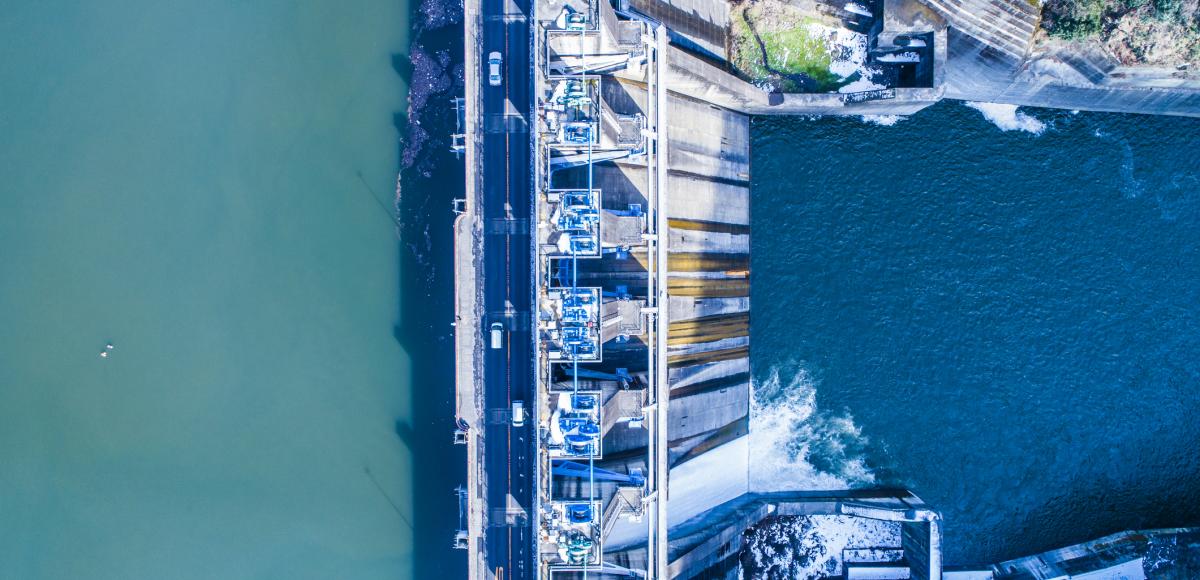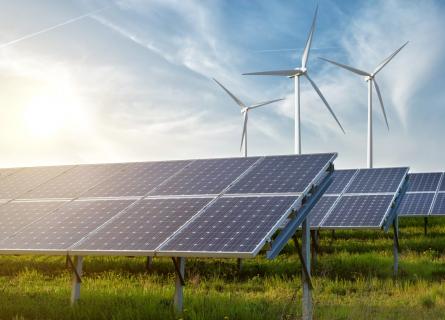
Keep the lights on with green energy
Ensuring a stable and secure energy supply is one of the biggest challenges we face in the transition from fossil fuels to renewable energy. With more variable wind and solar power coming onto the grid, we need a flexible backup energy source for when the wind doesn’t blow and the sun doesn’t shine.
Hydropower provides a ‘water battery’ that can store renewable energy for long periods of time, and then dispatch it quickly whenever the need arises. This flexibility makes it the perfect complement to wind and solar power in fully renewable energy systems. Quite simply, no other proven storage technology exists that can be developed at the scale required to tackle climate change. If we invest in hydropower alongside wind and solar, we can secure stable power supplies as we strive towards a net zero future. We can, with hydropower.
Preventing blackouts
According to the International Energy Agency (IEA), hydropower already provides nearly 30% of global flexible supply capacity based on hour-to-hour ramping needs. Through its flexibility and storage services, hydropower has helped to prevent blackouts in many different scenarios. One recent example came when a malfunction at a substation in Croatia in January 2021 destabilised European grids and left communities facing the prospect of widespread power failures. Thankfully, backup hydropower was ramped up within seconds, helping to stabilise the grid alongside load-shedding measures in France and Italy, averting a blackout scenario.
Pumped hydro: the water battery
Pumped hydro is the world’s largest provider of energy storage, accounting for over 94% of installed global energy storage capacity. Its role in energy systems will become increasingly important as demand grows for the flexible, reliable power services it provides. IEA’s Special Market Report on Hydropower in 2021 highlighted that “the flexibility and storage capabilities of reservoir plants and pumped storage hydropower facilities are unmatched by any other technology”. And there is vast potential for new pumped hydro to be developed. More than 600,000 off-river sites have been identified, and there is also potential to make use of existing infrastructure such as disused mines, underground caverns and non-powered dams.
With hydropower, we already have the technology and capabilities we need to support wind and solar development at a huge scale, while keeping the lights on whenever we need them.
This article originally appeared on hydropower.org and has been republished here with permission.

